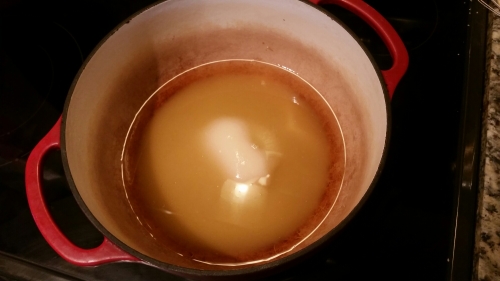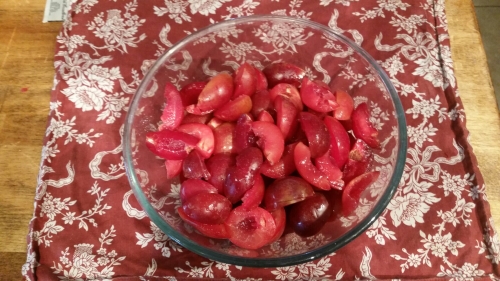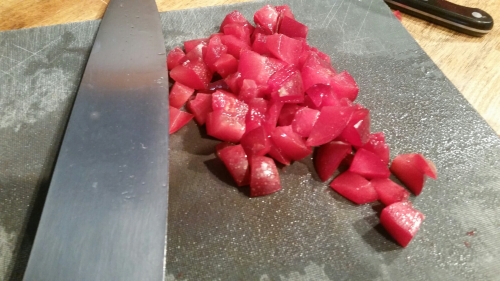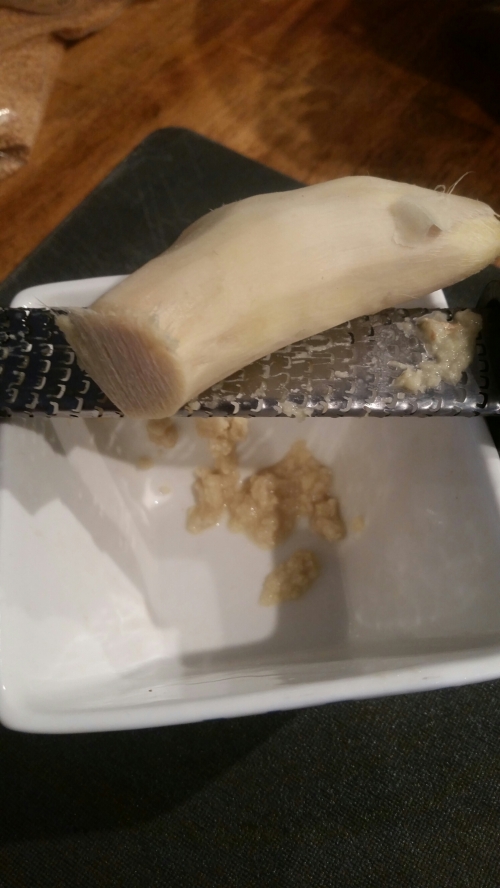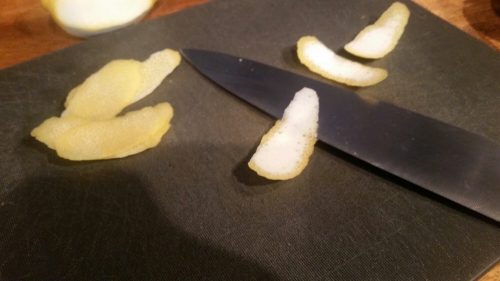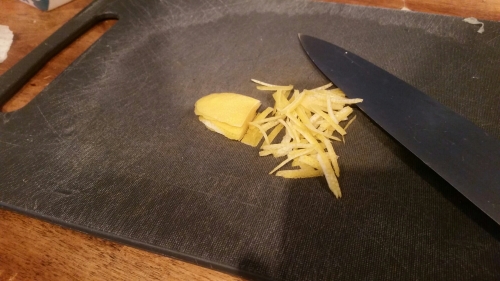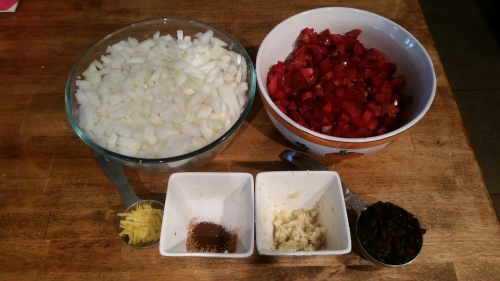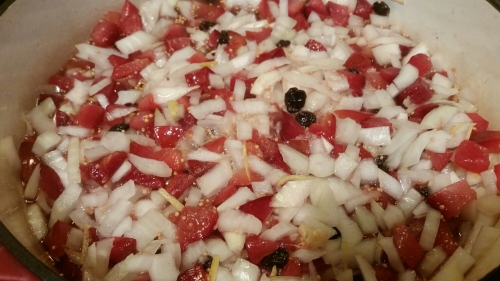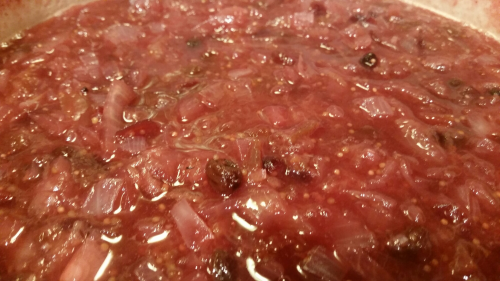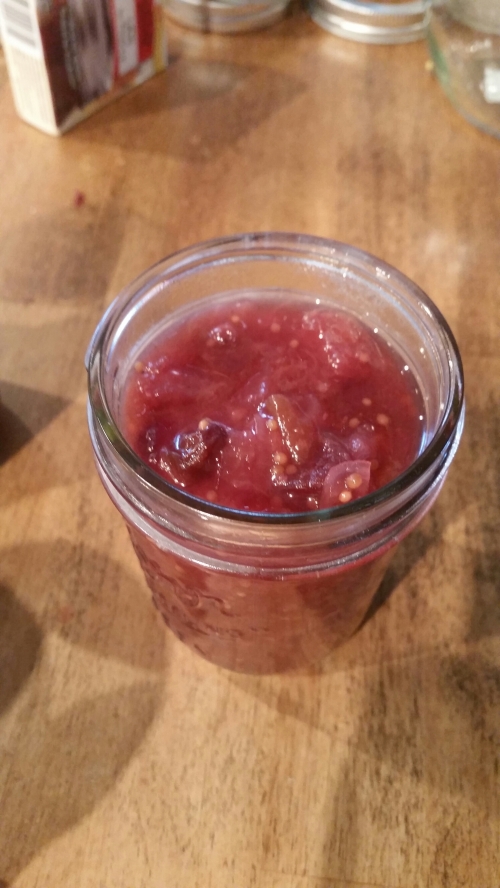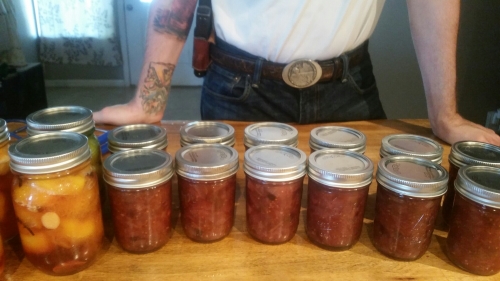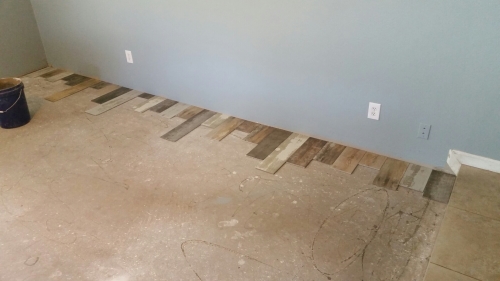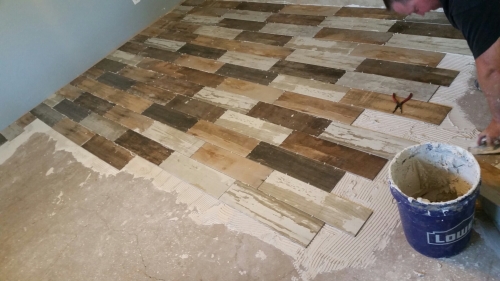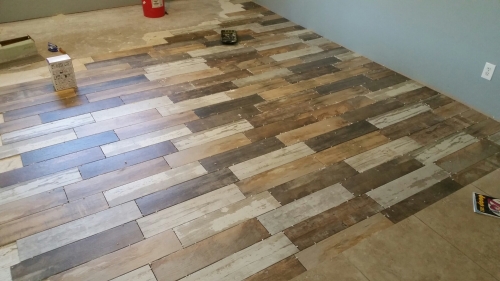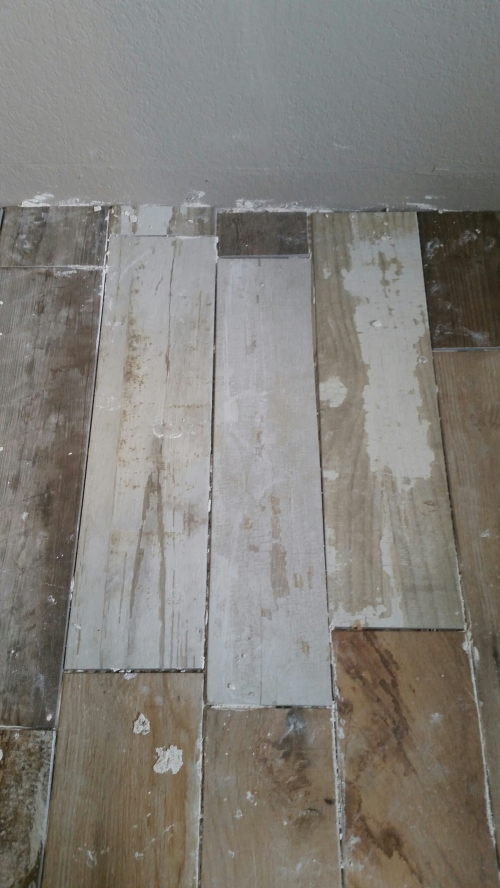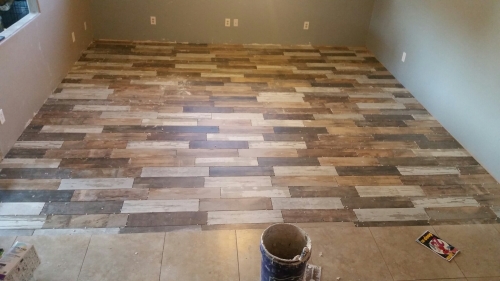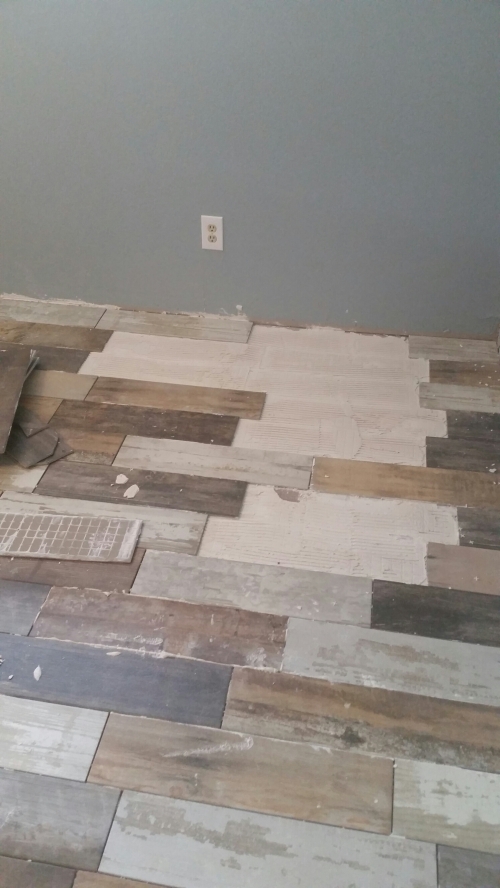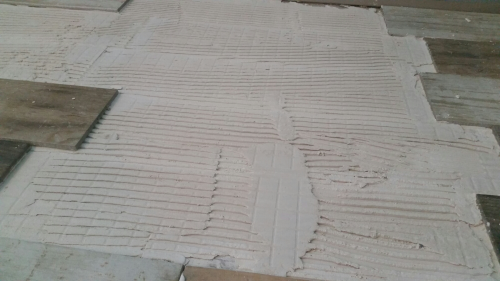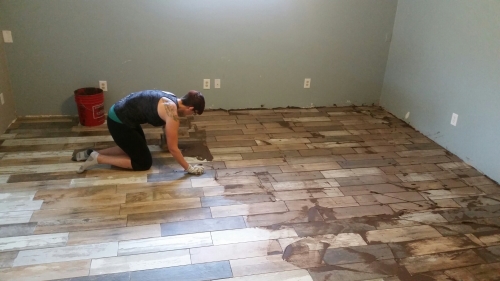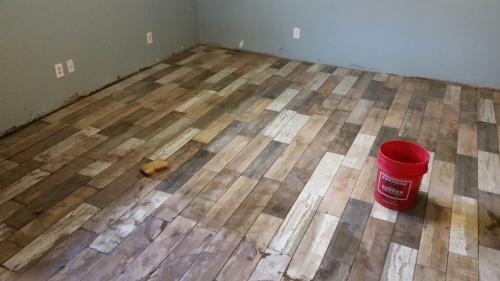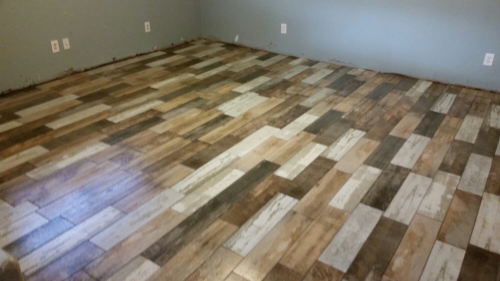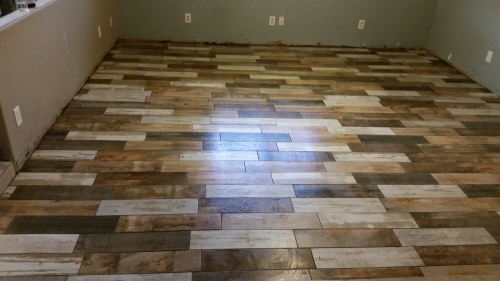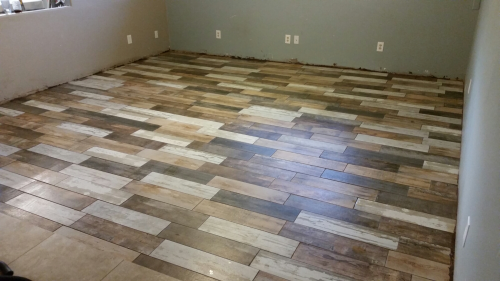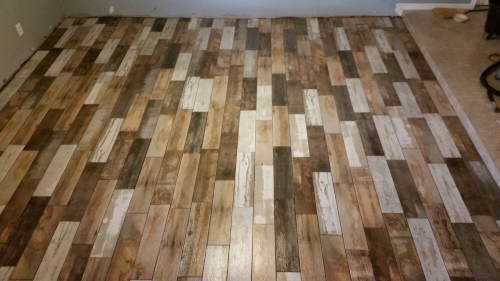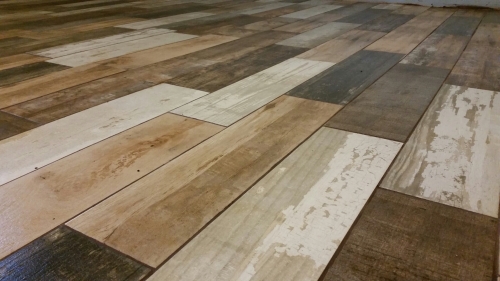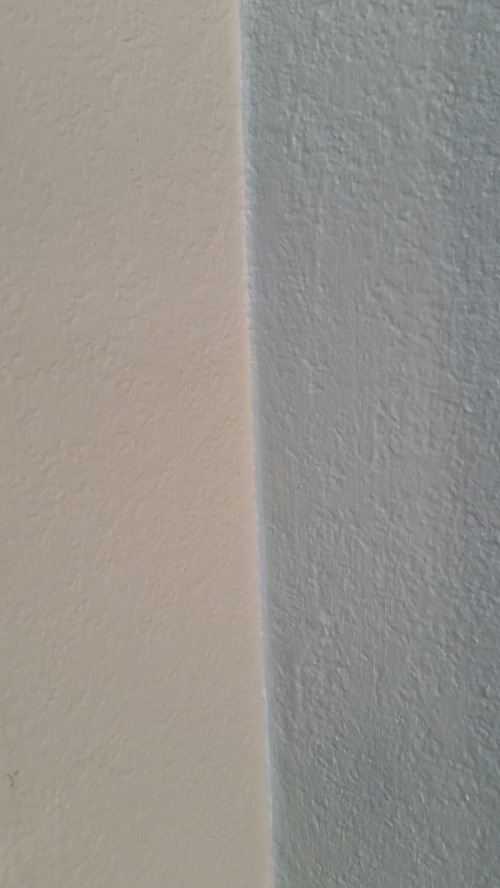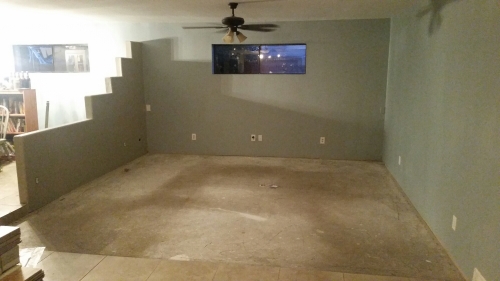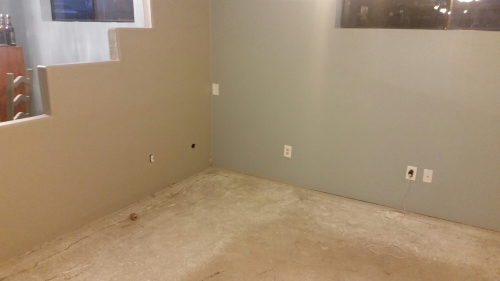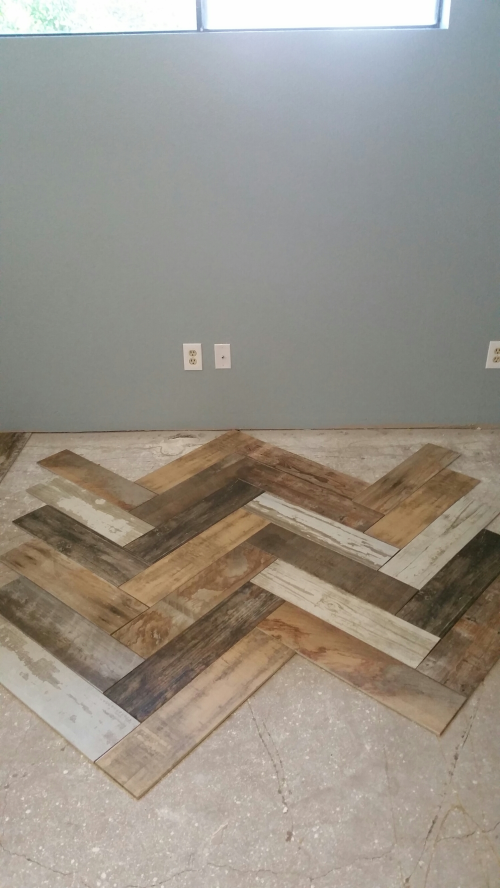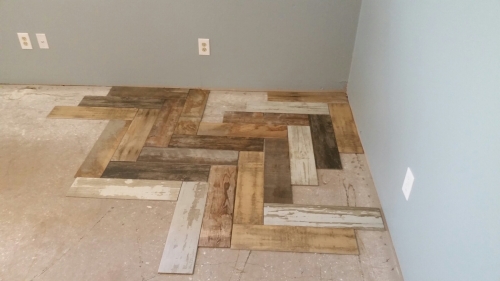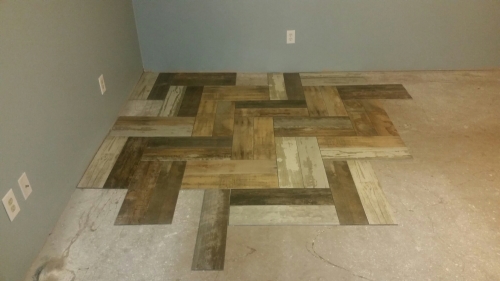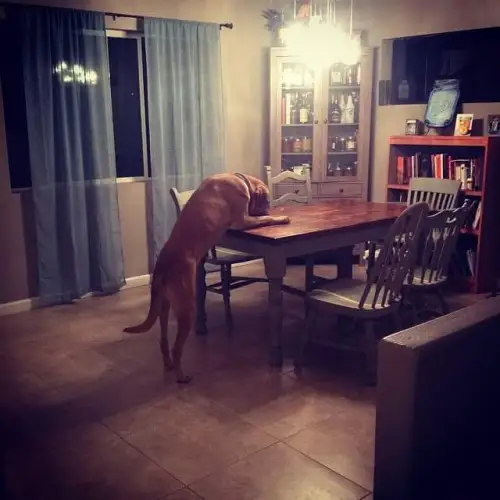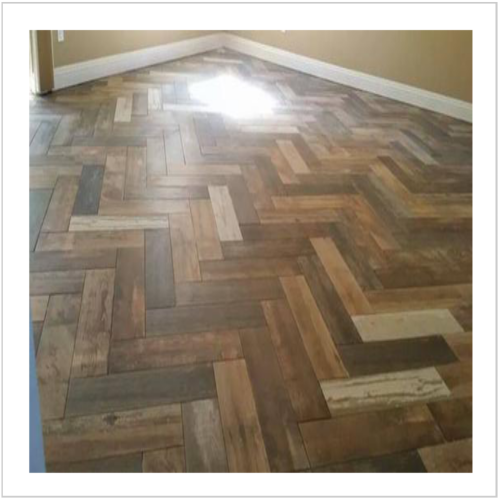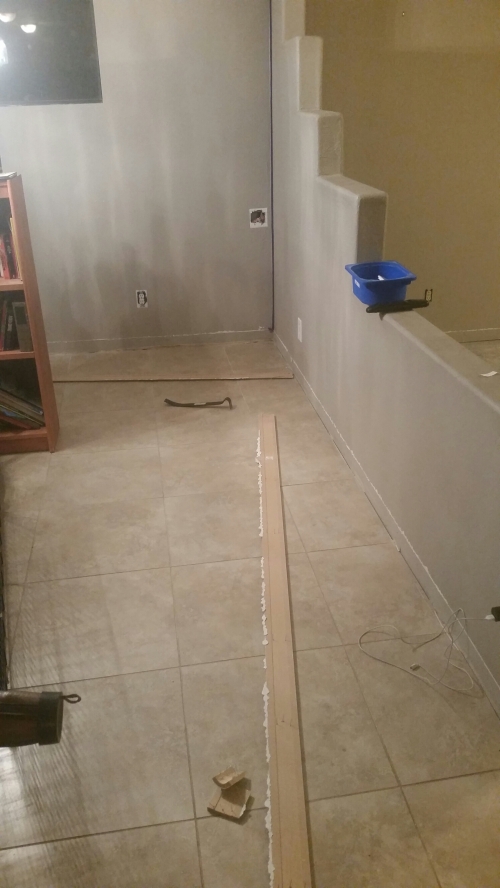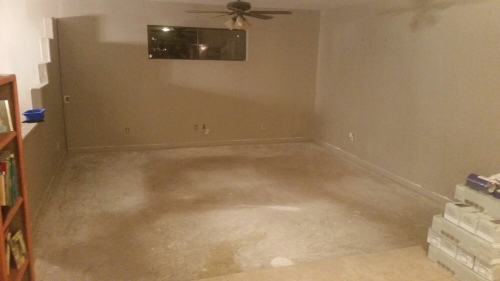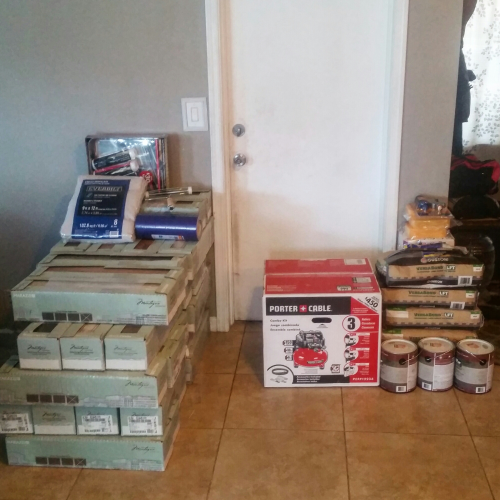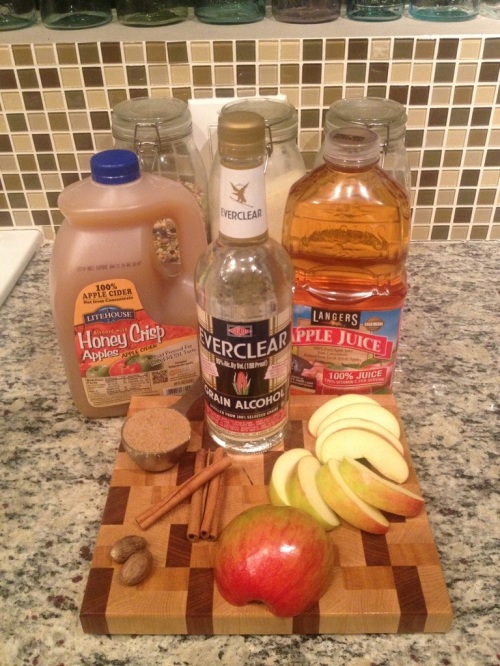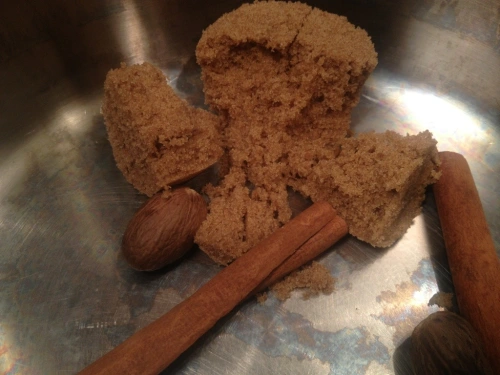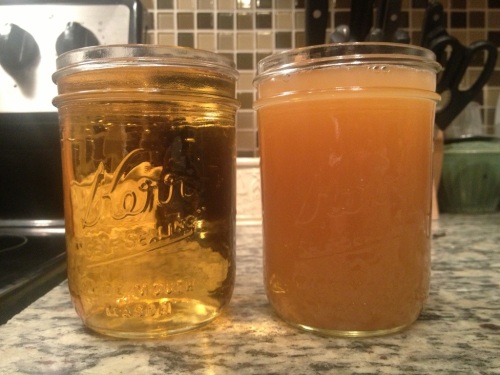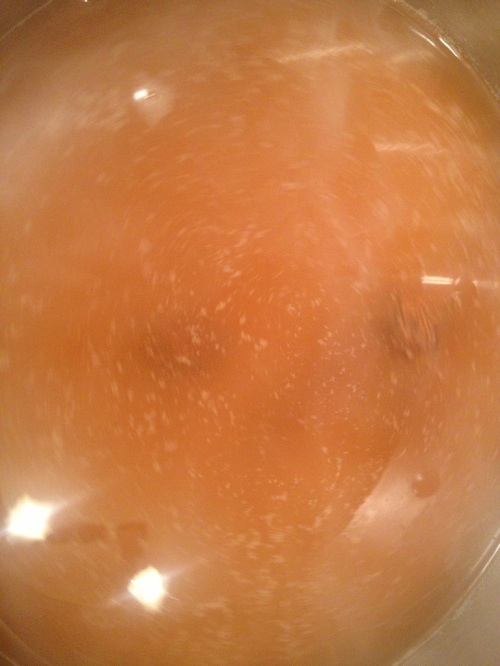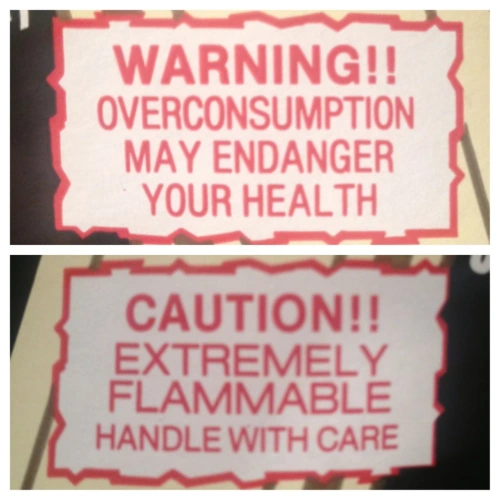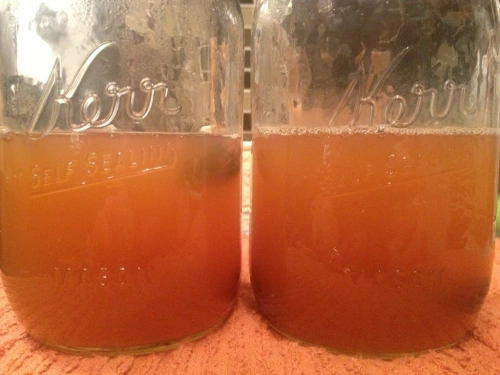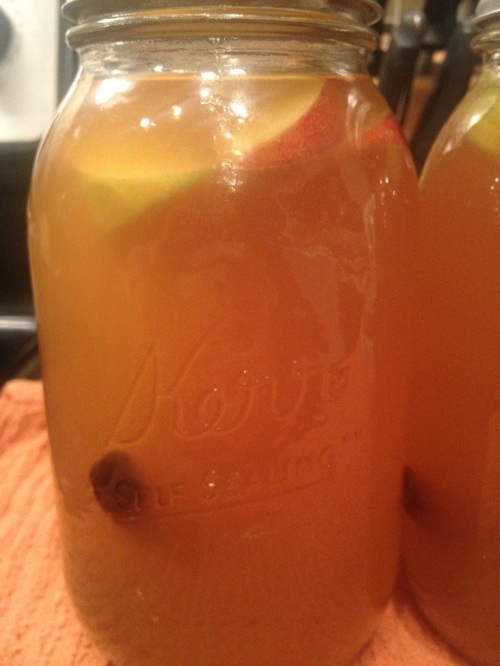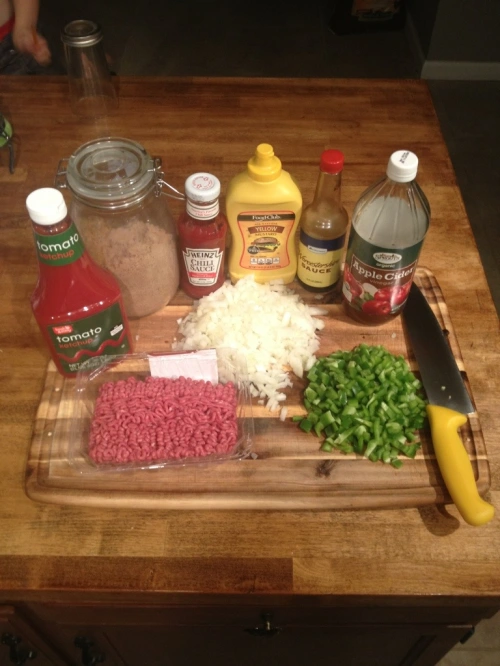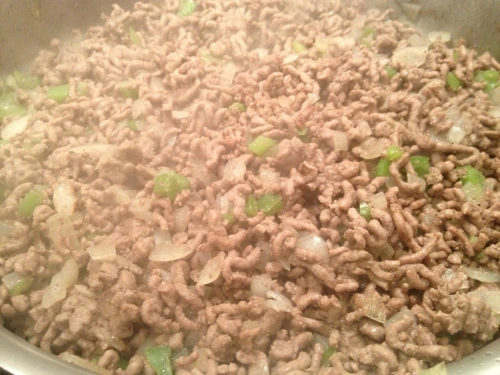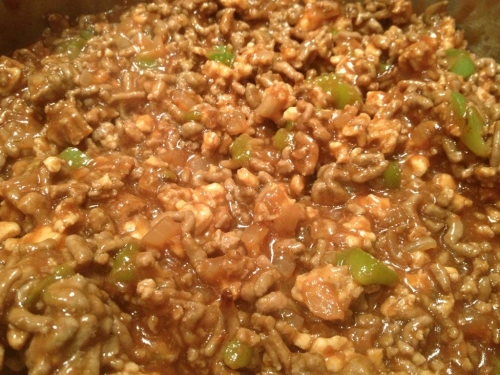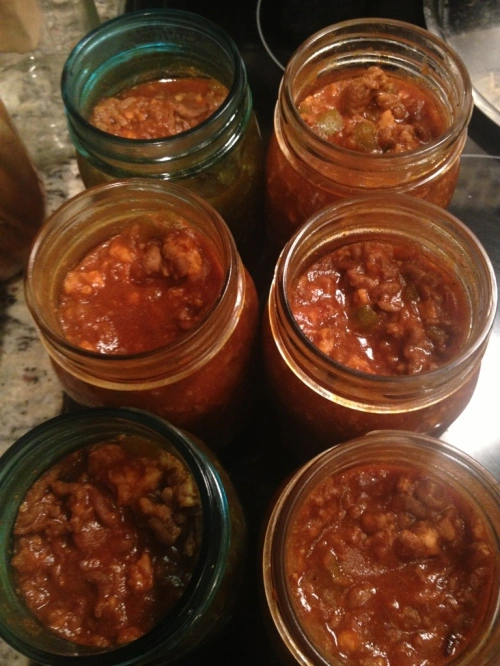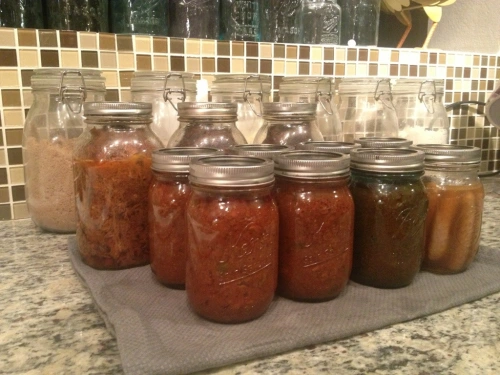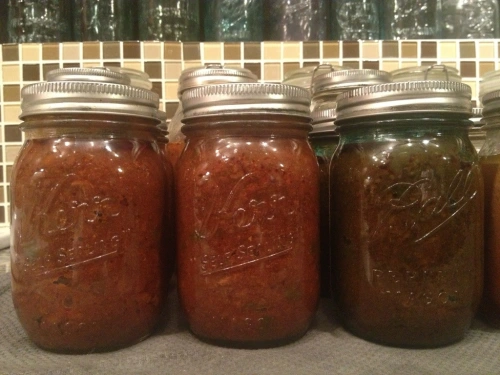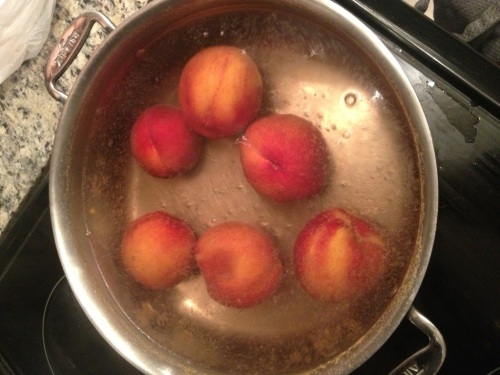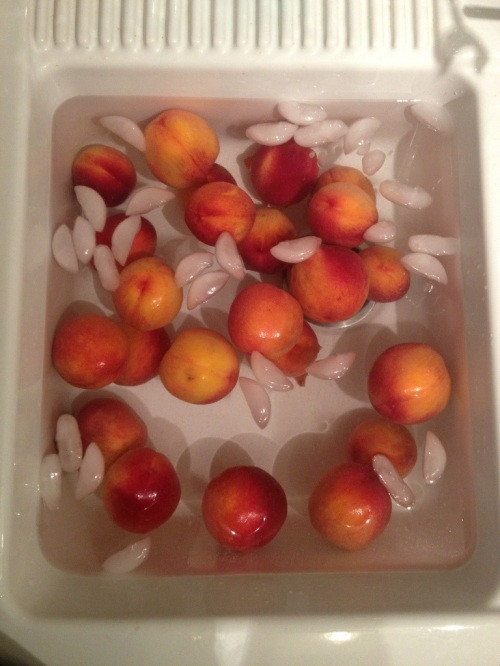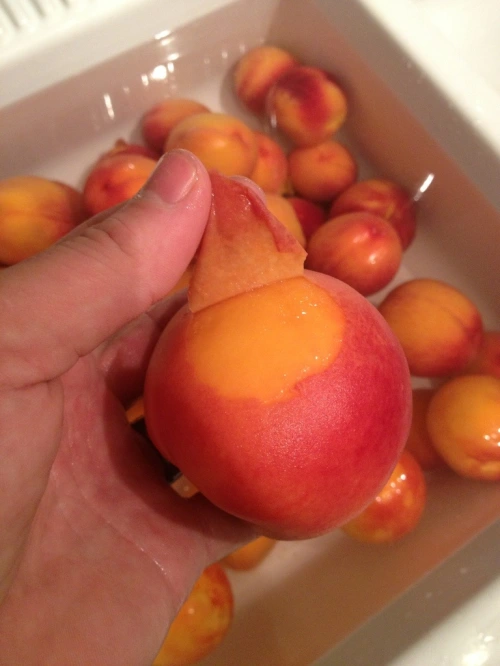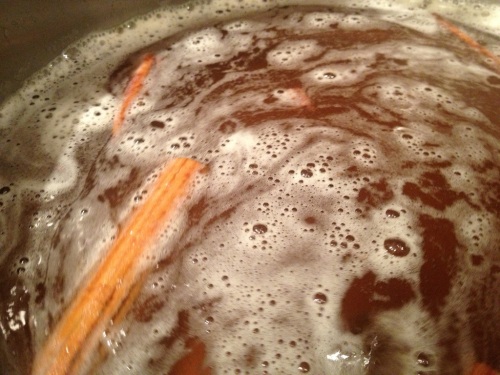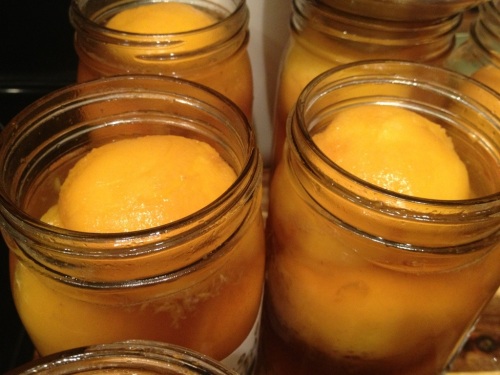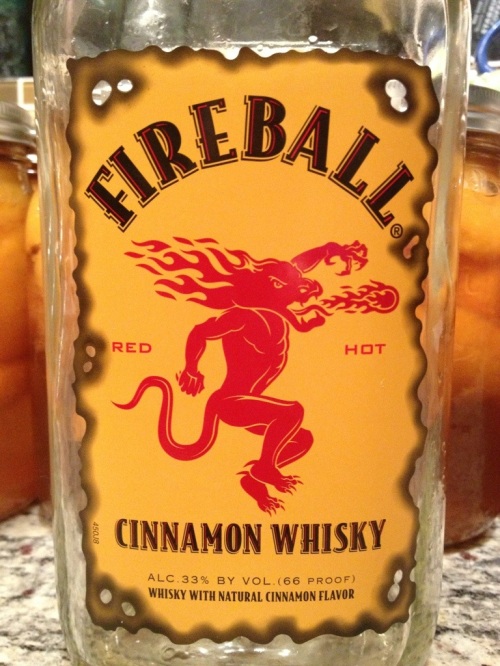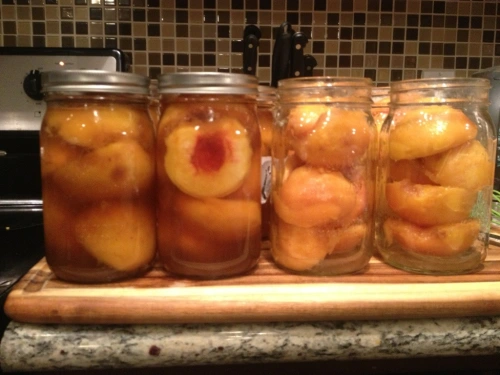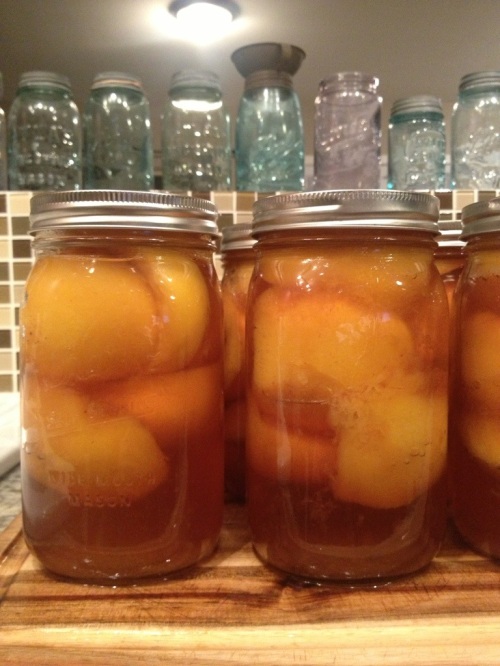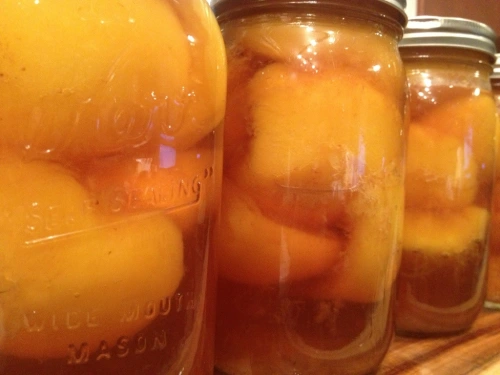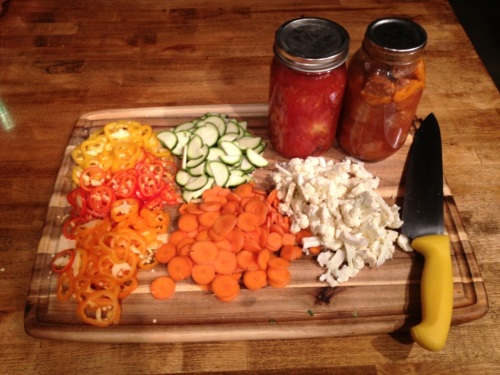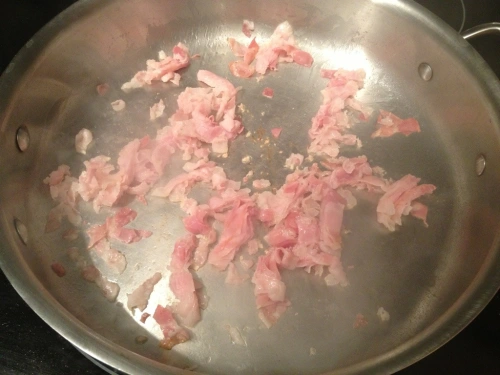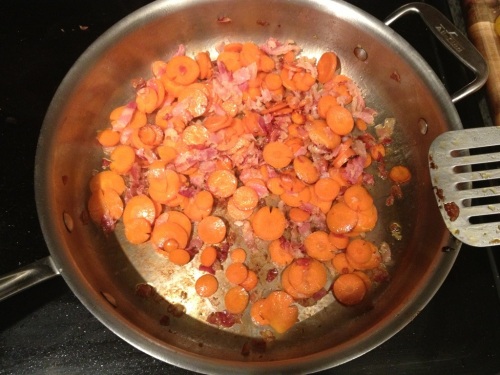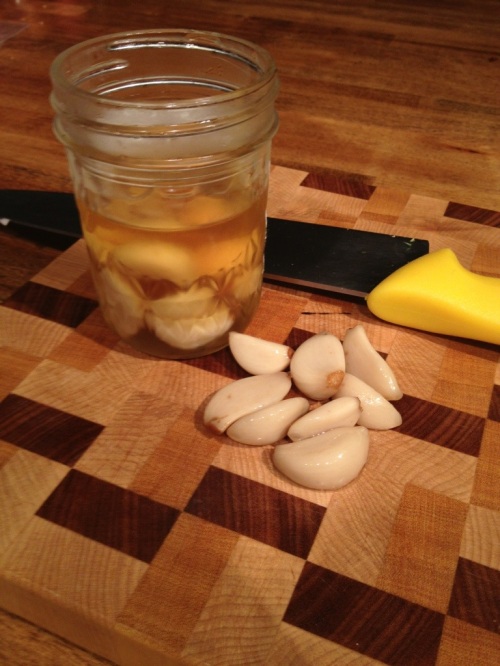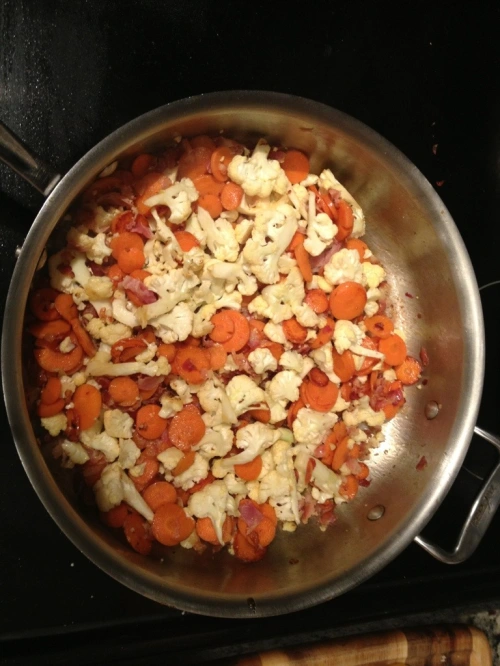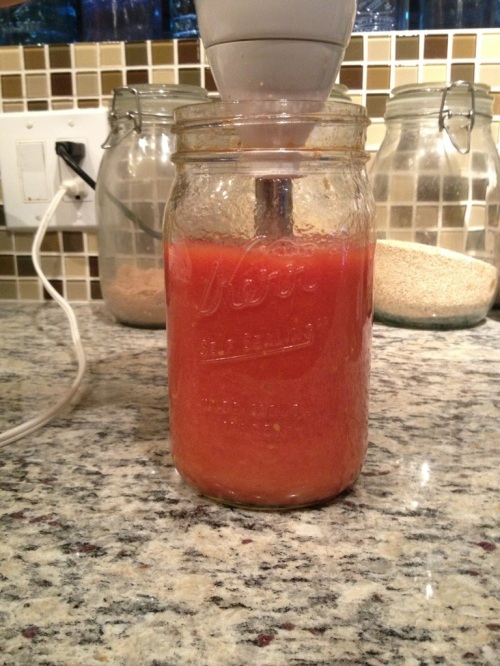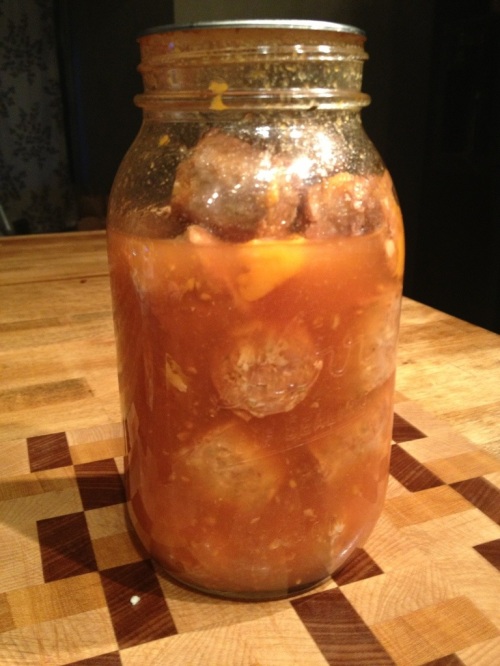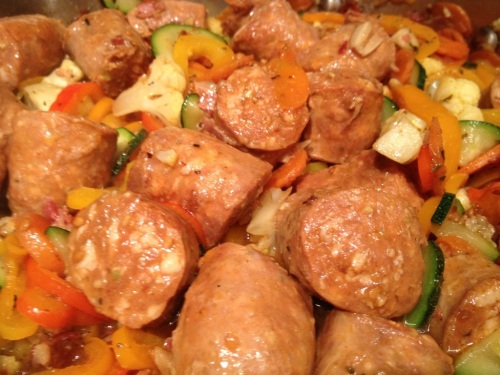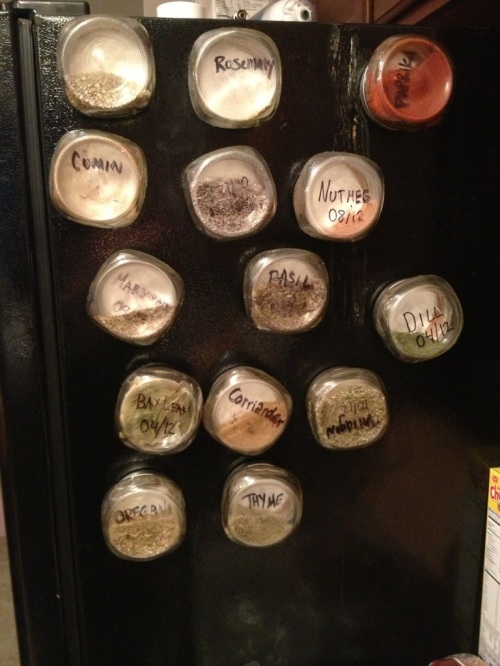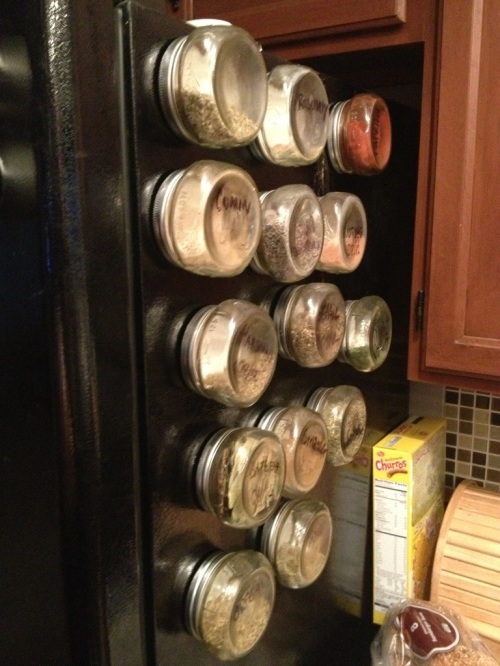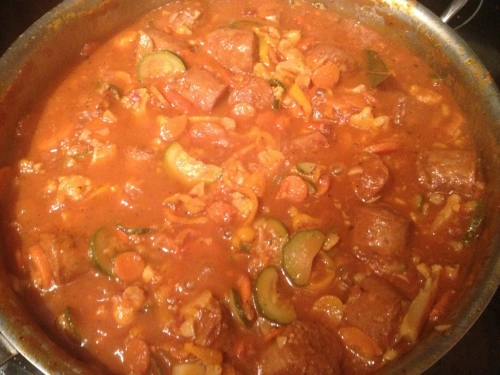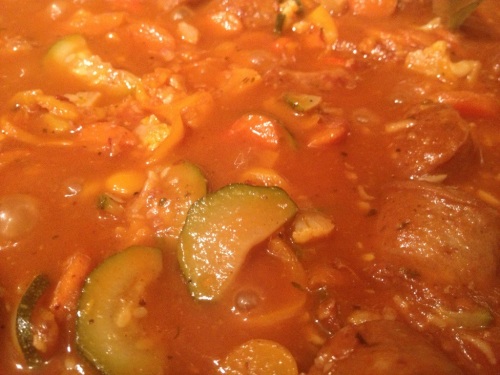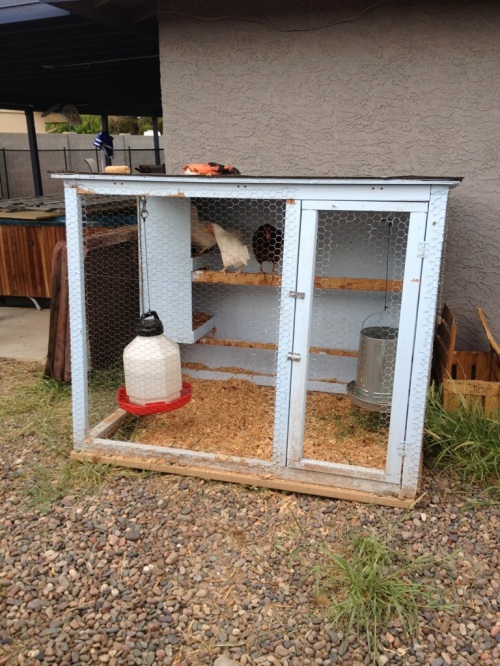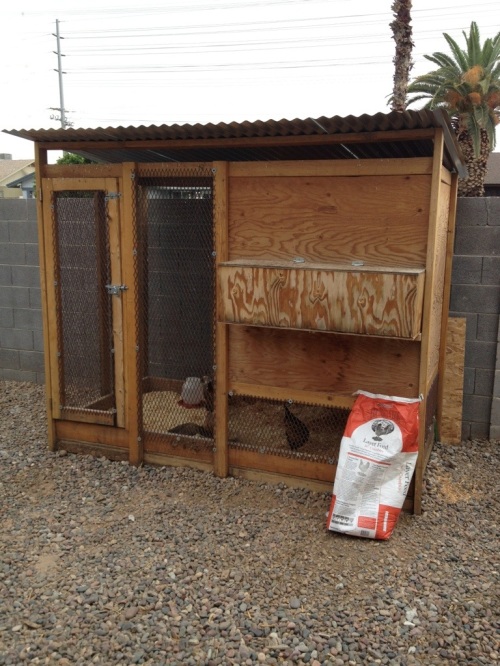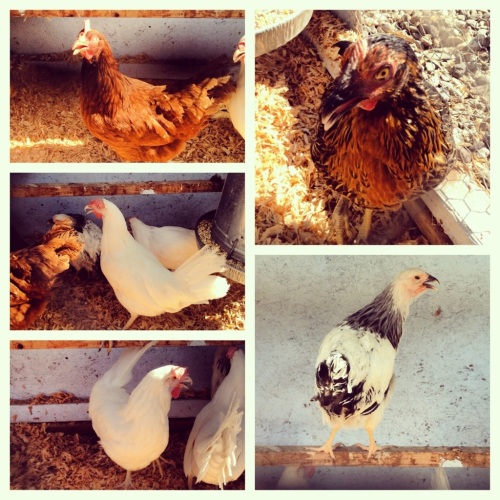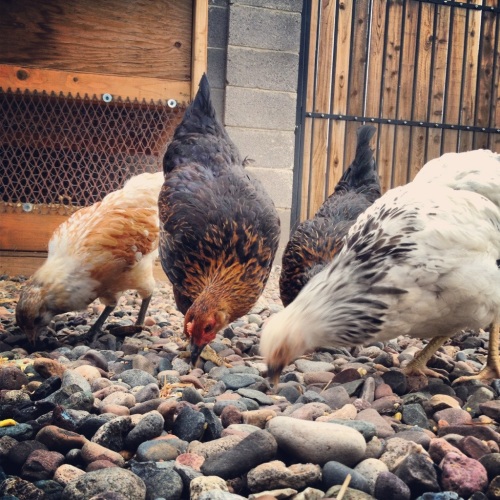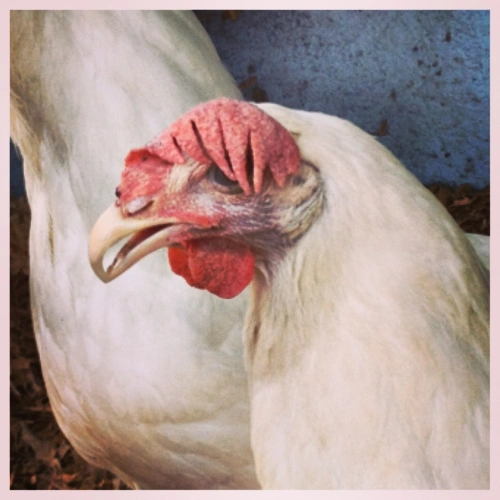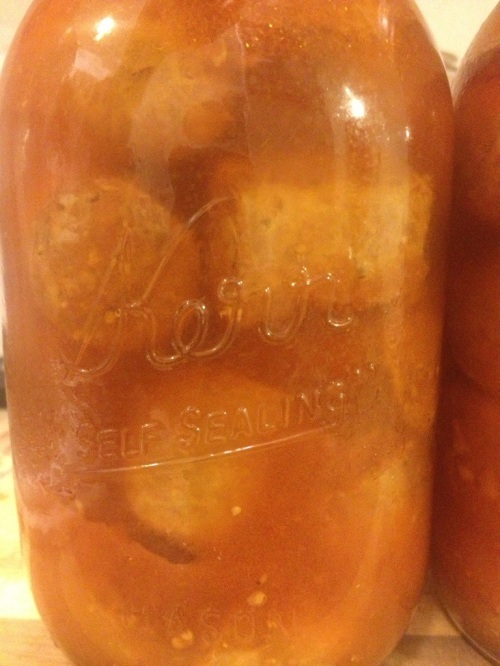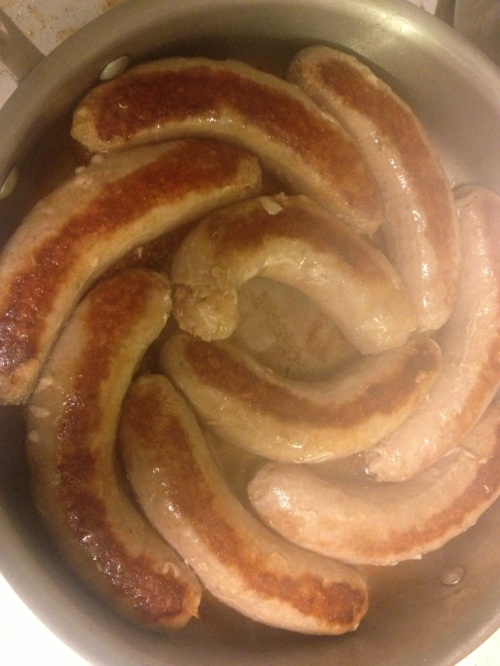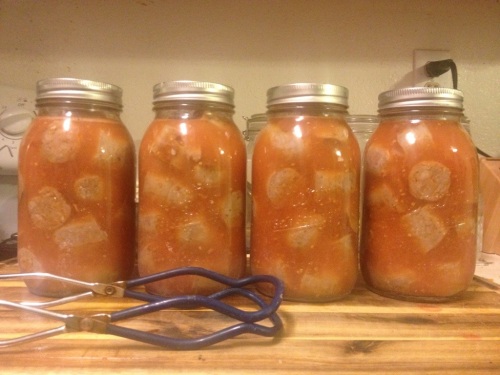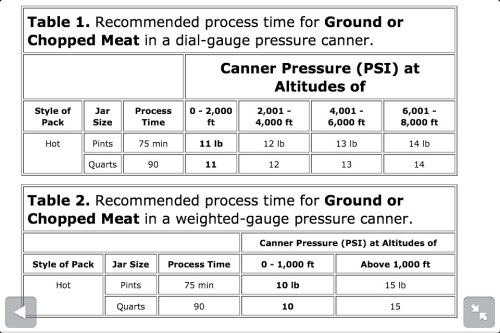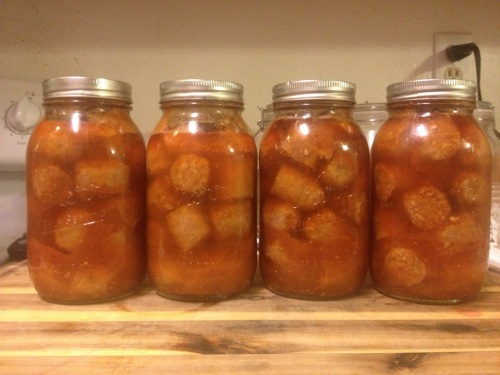We attended a friend’s ‘picnic’ last weekend in Northern Arizona. And by picnic I mean 20 hour food fest. Around a hundred people show up, and everyone brings something to share. I brought my Lemon Basil Pasta Salad, which is always a crowd pleaser. Someone brought volumes of fresh peaches and plums from their back yard orchard. At the end of the festivities, there were tons left over, so I grabbed a grocery bag of each.
I decided to try out a Plum Chutney recipe from Put ’em Up! with a few modifications.
Plum Chutney
The original recipe called for prunes. I opted for raisins instead. I also added some dried cranberries. Mainly because I had them and they needed to get used.
2 cups cider vinegar
2 cups sugar
4 pounds plums
2 large sweet onions
1/2 cup raisins
1/2 cup dried cranberries (optional)
2 T fresh grated ginger
2 T mustard seed
2 t salt
Zest of 1 lemon
2 garlic cloves
1/2 t ground cloves
Combine the vinegar and sugar in a non-reactive bowl, and heat to a bowl.
Take your plums, and pit and dice them. Personally, I don’t like cutting the plums in half and then wrestling the pit out with juicy slippery hands holding a knife. So I made more of an assembly line system.
First I cut the plums in half. The half with out the pit got dropped in a bowl. The half with the pit got cut in half again, which made the pit easier to pull out.
Then take each half, or quarter and dice it.
Peel the ginger root and grate off 2 tablespoons. A small cheese grater works. But a microplane is really the tool of choice here.
Cut the rind off your lemon in long strips. Then, using a very sharp knife, hold the blade at a low angle and filet the pith off the back.
Stack the pieces of zest, and slice them in to very thin strips.
Mince the garlic, chop your onions, and get your spices measured. A note on clove. Clove is one of those spices that quickly becomes overpowering when canning. Measure accurately and error on the side of too little. I’ve had more than one recipe ruined by too much clove in the jars.
Here’s the mise en place I assembled while the vinegar heated. The spices are in the same container and the garlic is in with the ginger.
Add your plums, onion, raisins, cranberries, ginger, mustard seed, salt, zest, garlic, and clove to the pot. Return the mixture to a boil. Then reduce the heat and simmer.
The original recipe says to simmer for 30 minutes. I like my chutneys a little thicker and cooked down more. I cooked the Chutney for 20 minutes with a lid on. Then I continued to simmer for 40 more minutes uncovered to reduce the liquid.
Fill your jars to 1/2″ headspace.
Top with a lid and ring, and water bath process for 20 minutes for half pints.
This yielded 12 half pints for me, but my onions were pretty big. I’d expect 8 to 10 half pints on average.
I love chutney on pork. Especially a loin roast, sliced in to medallions. Or alongside a roasted turkey breast. But it’s also great with beef cuts, chicken, and duck. Try this recipe out, and let me know how you liked it, if you changed it, or what you had it with. Happy canning!

